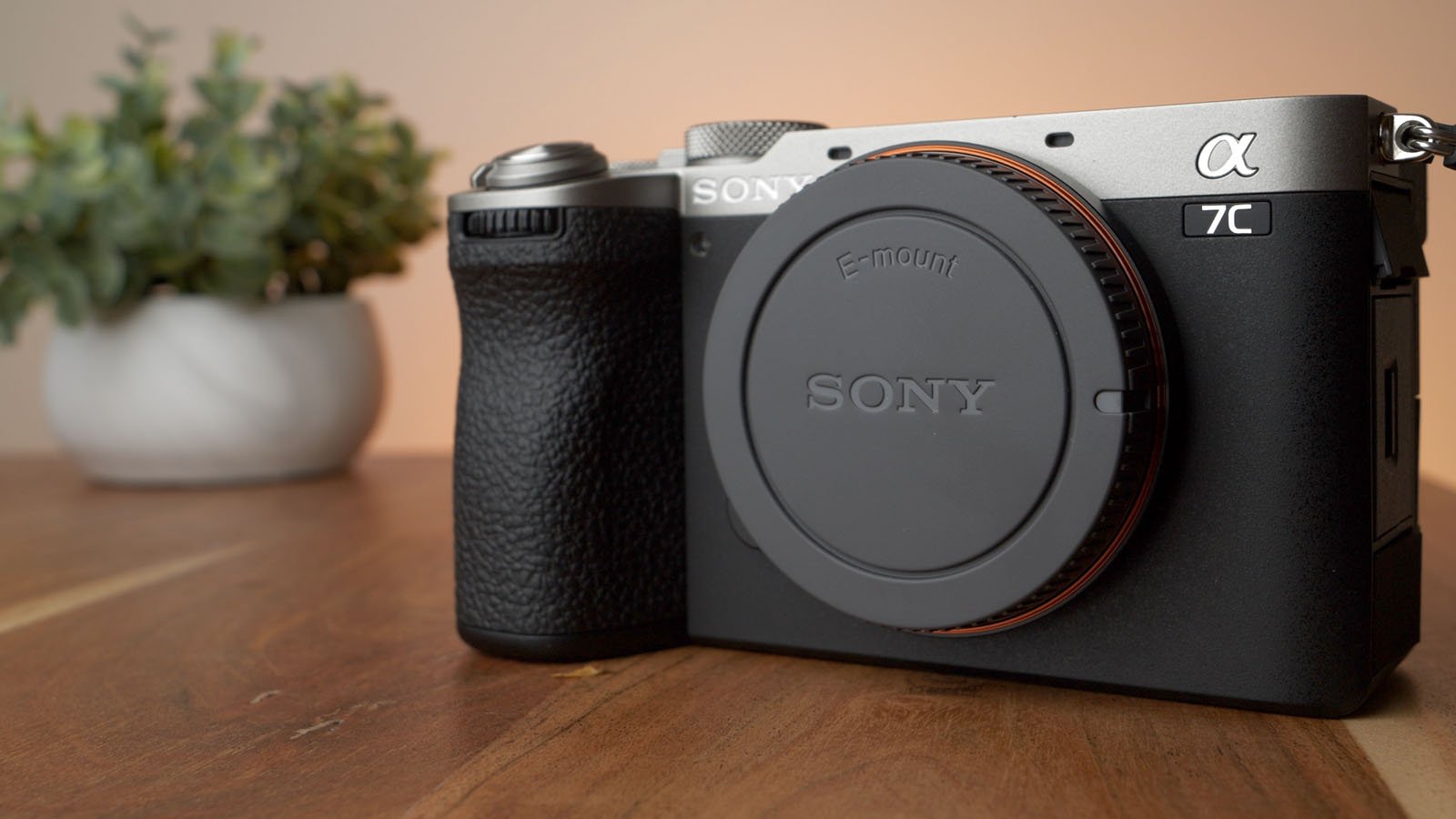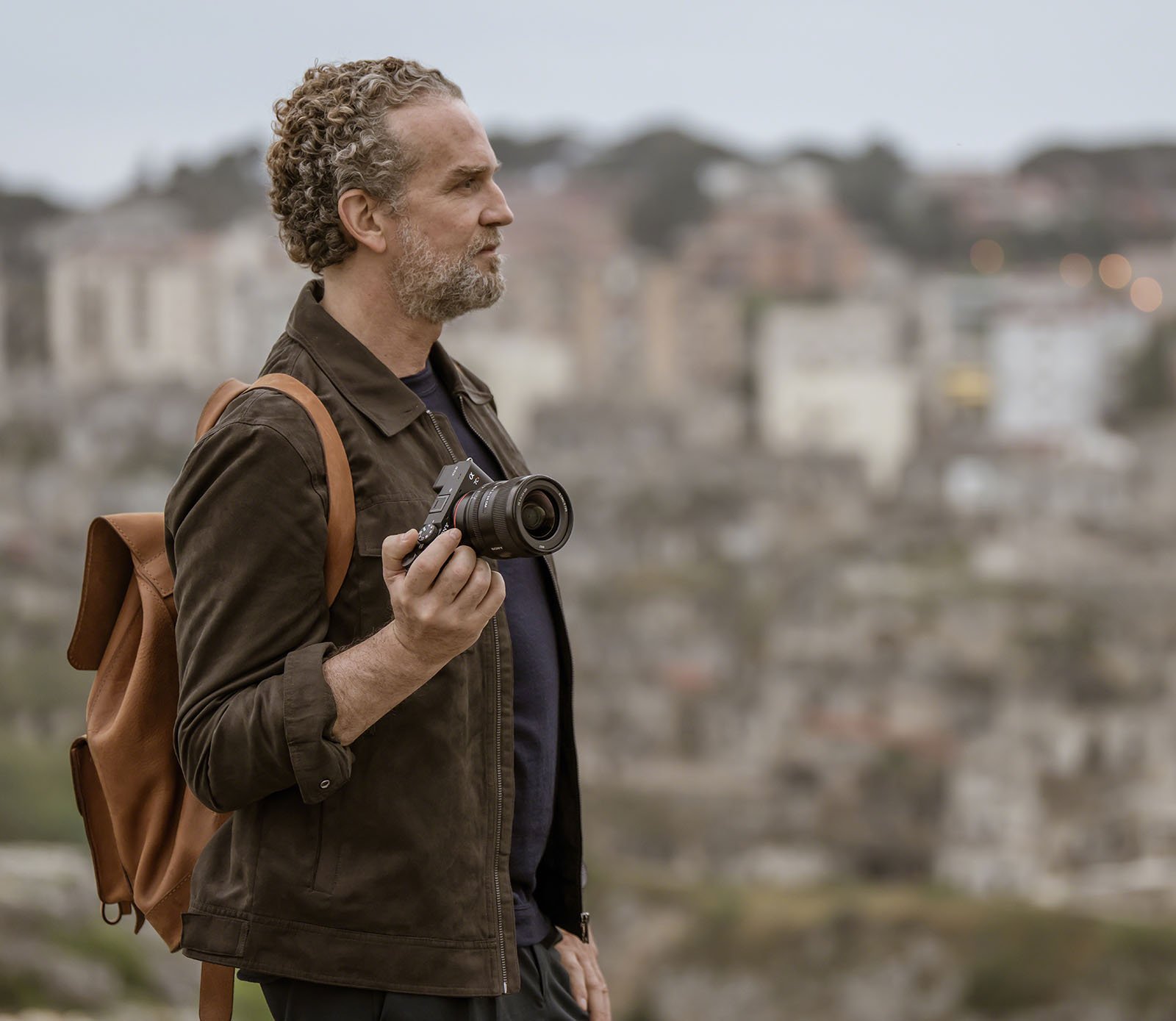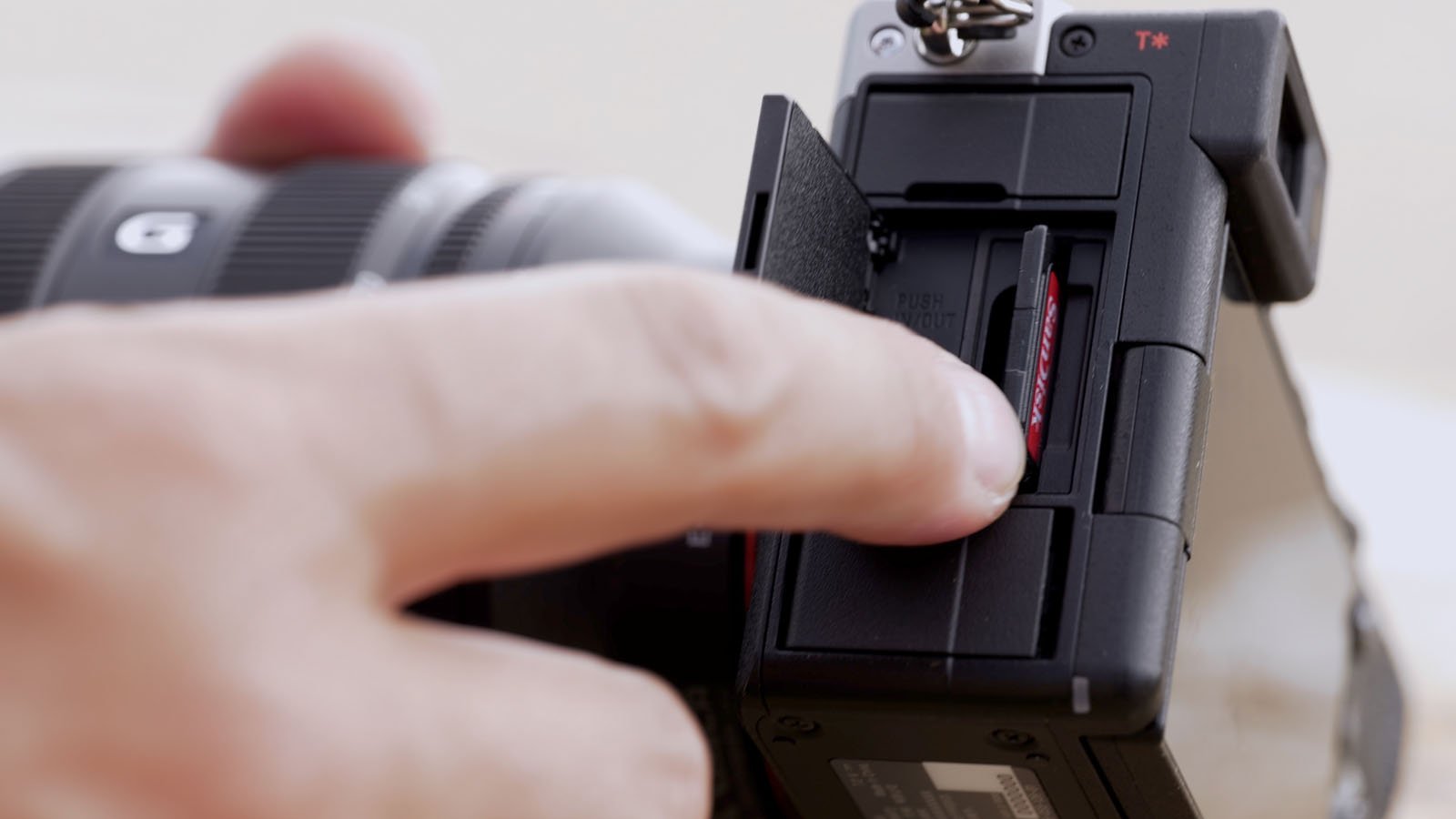![]()
Nearly three years after launching the Sony a7C, an ultra-compact full-frame mirrorless camera, Sony has returned to the series with two new cameras, the Sony a7C Mark II and the Sony a7CR.
Sony a7C II: 33-megapixel Sensor and Broad Appeal
If the original Sony a7C in 2020 was viewed as a smaller and lighter Sony a7 III, the new a7C II is a similar alternative to the Sony a7 IV.
Sporting the same 33.0-megapixel back-illuminated Exmor R CMOS sensor Bionz XR image processing engine as the a7 IV, the a7C II is designed with photography and videography enthusiasts in mind.

The compact full-frame camera promises advanced autofocus features, performance, and high-quality 4K video. Following the lead of recent Sony cameras, the a7C II also includes a dedicated artificial intelligence (AI) processing engine to drive some of its more sophisticated photo and video features, including robust subject recognition, real-time tracking, and AI-based Auto Framing.

Concerning autofocus, the a7C II includes 759-point autofocus, with autofocus areas covering approximately 94% of the image area. With full AF/AE tracking, the a7C II can shoot up to 10 frames per second using its mechanical or electronic shutter.
Speaking of the mechanical shutter, the a7C II and a7CR actually have electronic first-curtain shutters, not fully mechanical shutters. This is fine for most scenarios but can occasionally affect the shape of the bokeh when using super-fast lenses.

All these specifications are the same as the Sony a7 IV, save for the dedicated AI processing unit and the expanded subject detection autofocus. That is no slight difference, however, as the cheaper and smaller a7C II outperforms the a7 IV in autofocus performance.
While not specific to the a7C II versus a7 IV discussion, but rather for the a7C II versus its predecessor, Sony claims that the AI delivers a 40% performance improvement for photographing animals and birds, a 60% improvement with Eye AF, and a 20% reliability boost for AE.

The Sony a7C II includes a wide array of other exciting features, including advanced image stabilization that promises up to seven stops of compensation when using a lens with image stabilization, anti-flicker and high-frequency flicker-free shooting modes, lossless RAW, Creative Look presets, in-camera timelapse creation, separate mic and headphone jacks, an improved front grip for enhanced ergonomics, and improved dials and controls that offer direct access to more camera settings. A major improvement comes in the form of the front command dial, which now gives the a7C II (and the a7CR detailed below) dual command dials, like Sony’s more expensive a7-series cameras.

As for video features, the a7C II records 4K video with 7K oversampling. The camera also records 4K/60p video in Super35 format, offers 10-bit 4:2:2 color sampling, records HLG, includes S-Log3 and S-Cinetone, and allows users to apply LUTs in the camera. The a7C II can also shoot video up to 120p, although only at Full HD resolution. The a7C II also includes in-camera timelapse creation features.

The Sony a7C II packs many features in its small, lightweight body. The camera weighs just 18.1 ounces (514 grams) with its battery and memory card included. Concerning the memory card, the camera has just a single UHS-II SD card slot.
The camera has a 3.0-type vari-angle LCD with 1.03 million dots. The OLED EVF has 0.7x magnification and 2.36M dot resolution. Sony says that the viewfinder is nearly as bright as the EVF featured in the Sony a7R V. The a7C II’s EVF is not higher-res than the a7C’s, but its magnification is considerably better — 0.7x versus 0.59x.

By the way, the Sony a7 IV has a larger, higher-resolution EVF with 0.78x magnification, so that is another difference between the larger and heavier Sony a7 IV and the new a7C II. The a7C II also lacks the a7 IV’s dedicated autofocus control joystick.
The Sony a7C II is available body only for $2,199.99 or in a kit with Sony’s 28-60mm zoom lens for $2,499.99. This is a $300 difference compared to the Sony a7 IV body. The Sony a7C II is available in gray and black colorways. The Sony a7C II will begin shipping this fall.
Sony a7CR: a7R V Sensor in a Compact Body
Alongside the Sony a7C II, Sony has announced its first a7CR camera. Like the a7R series, including its most recent iteration, the Sony a7R V, the Sony a7CR offers a high-resolution image sensor, albeit in a compact package.
The a7CR promises Sony’s best full-frame mirrorless camera image quality in a more petite body. The move to the smaller body is dramatic. The a7CR offers 53% less volume and a 29% weight reduction compared to the Sony a7R V. The a7CR weighs 18.2 ounces (515g) with a battery and memory card installed.

The a7CR sports the same 61.0-megapixel back-illuminated Exmor R full-frame image sensor as the Sony a7R V.
Like the a7C II, the a7CR includes a dedicated AI Processing Unit, which drives enhanced subject detection autofocus features, improved tracking, and Auto Framing for video.

Also, like the a7C II, the a7CR borrows heavily from its inspiration — in this case, the a7R V. The a7CR has the same number of autofocus points (693) and the same autofocus area coverage (79%).

However, the a7CR differs from the a7R V regarding shooting speed. While the a7R V tops out at 10 fps, the a7CR can shoot up to eight fps when using its mechanical shutter and seven fps with the electronic shutter. This is a relatively minor difference in practice, but it is reasonable to expect different performance concerning the buffer.

While the a7C II boasts improved autofocus compared to its sensor sibling, the a7 IV, the a7CR should deliver practically identical autofocus performance compared to its sensor sibling, the a7R V, even if some performance metrics differ between the a7CR and a7R V.

Considering video performance, the a7CR looks much like the a7R V on paper, with a significant omission. Both cameras offer 4K/60p full-frame video and 6.2K oversampling in Super35. The a7CR also offers S-Log3, S-Cinetone, and S-gamut3.Cine. The camera records 10-bit 4:2:2 sampled video and can shoot FHD up to 120p. And like the a7C II, the a7CR sports robust timelapse creation features.

A feature missing from the a7CR is the Sony a7R V’s 8K video recording. While 8K video has not yet been fully adopted, it offers cropping options that 4K video does not, providing videographers more flexibility when shooting.
As for the body design, the a7CR is precisely like the a7C II, meaning it has the same 3.0-type rear display, an identical OLED EVF with 0.7x magnification, and the same controls. The Sony a7R V, on the other hand, sports a 3.2-type display and a 9.44M dot EVF.

The Sony a7CR will be sold in a body-only configuration for $2,999.99. Like the a7C II, it will be available in black and gray colorways, and will arrive at retailers this fall.
While not precisely a “smaller Sony a7R V” due to some differences in features and performance, the Sony a7C R does offer the same image quality and autofocus for $900 less. A fun inclusion is that the a7CR includes an optional accessory grip that makes the camera slightly bigger, and thus a little easier to hold. For photographers seeking the ultimate in compact cameras, this included accessory can stay in the package. The GP-X2 extension grip is $159.99 when purchased separately.
Update: Clarified the precise specifications of the a7CR’s image sensor. It features the same sensor as the a7R V.
